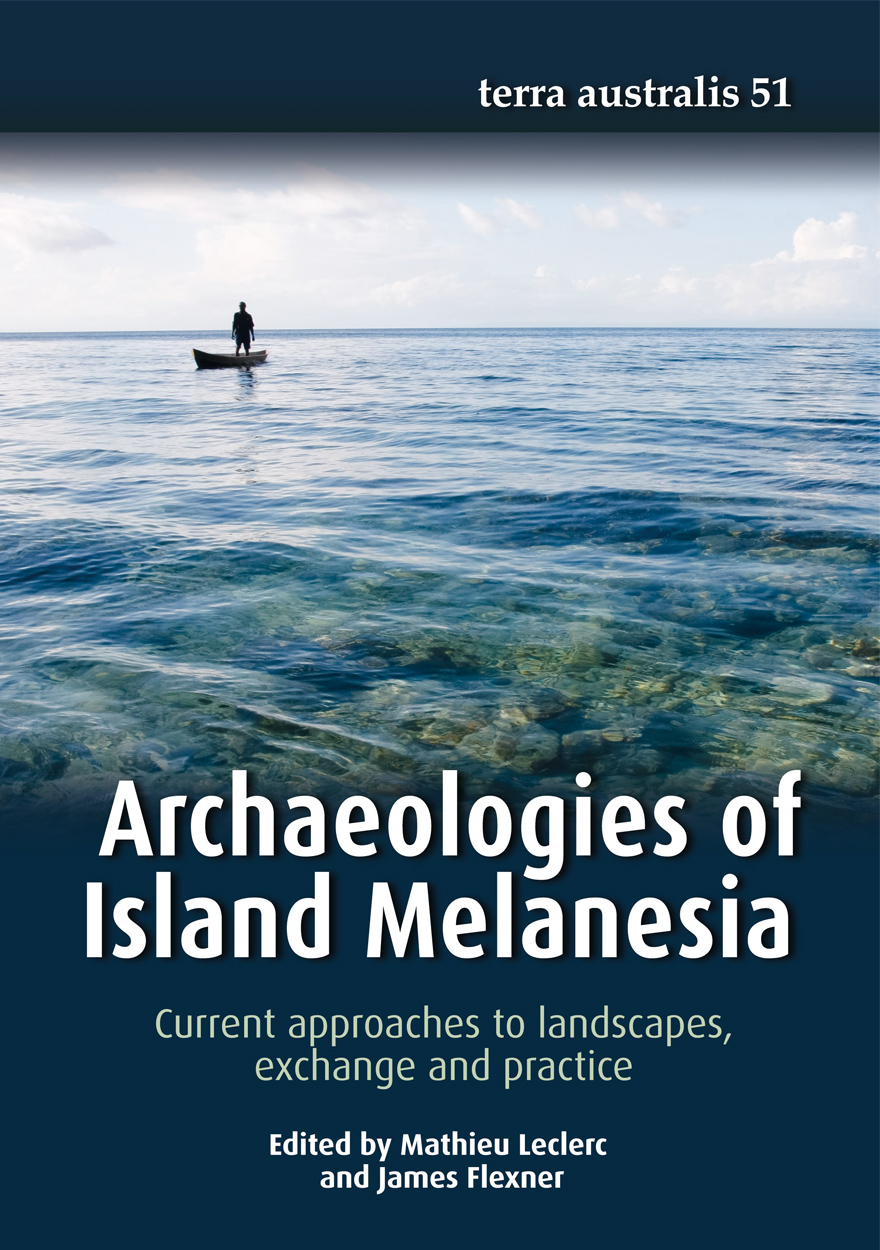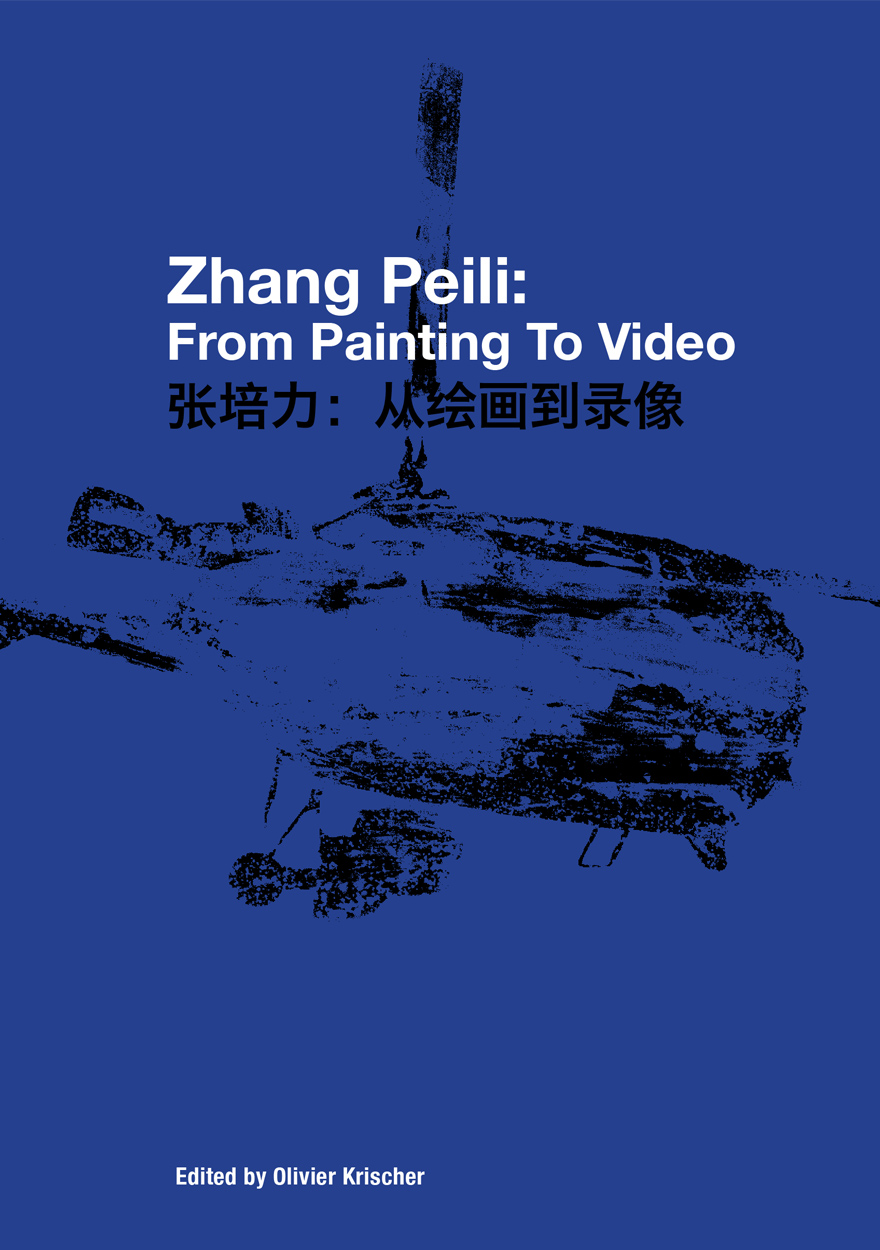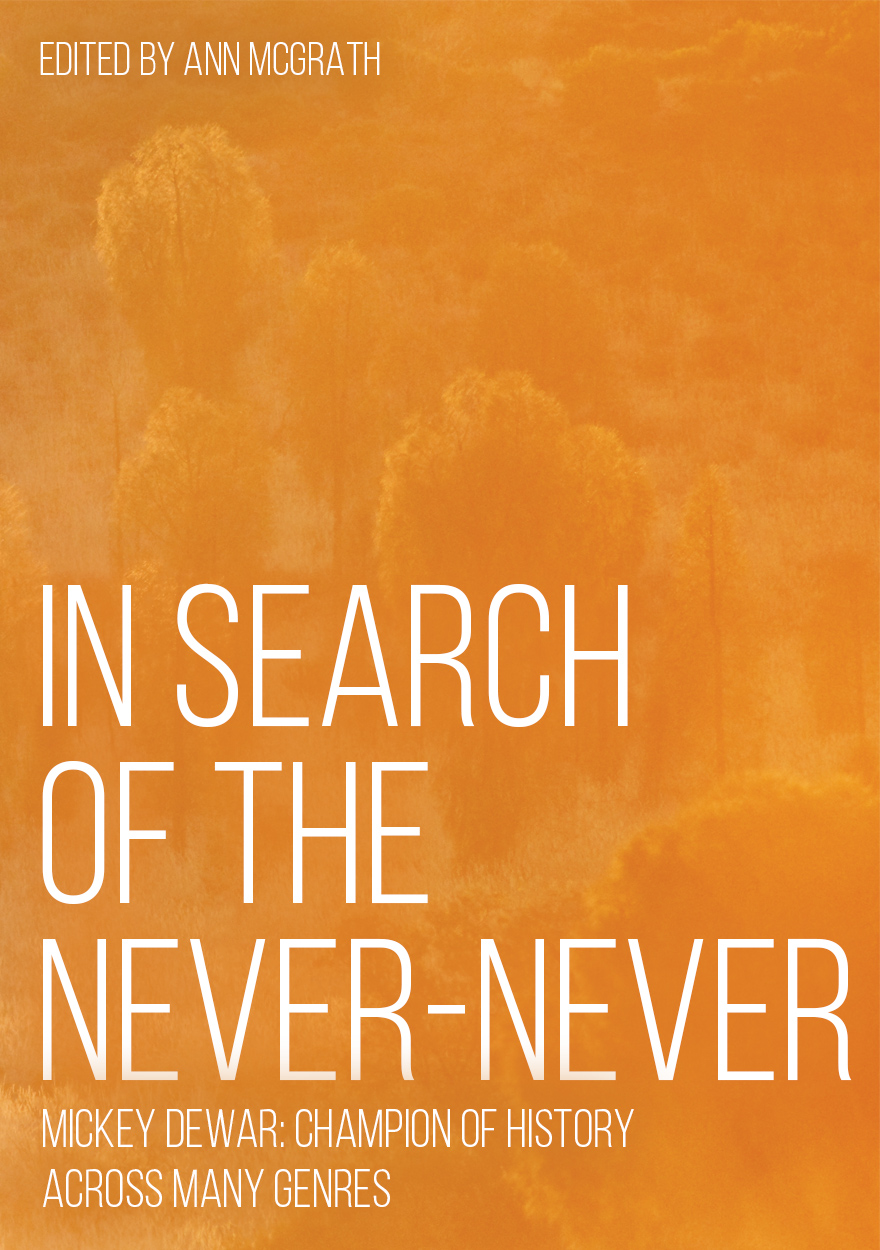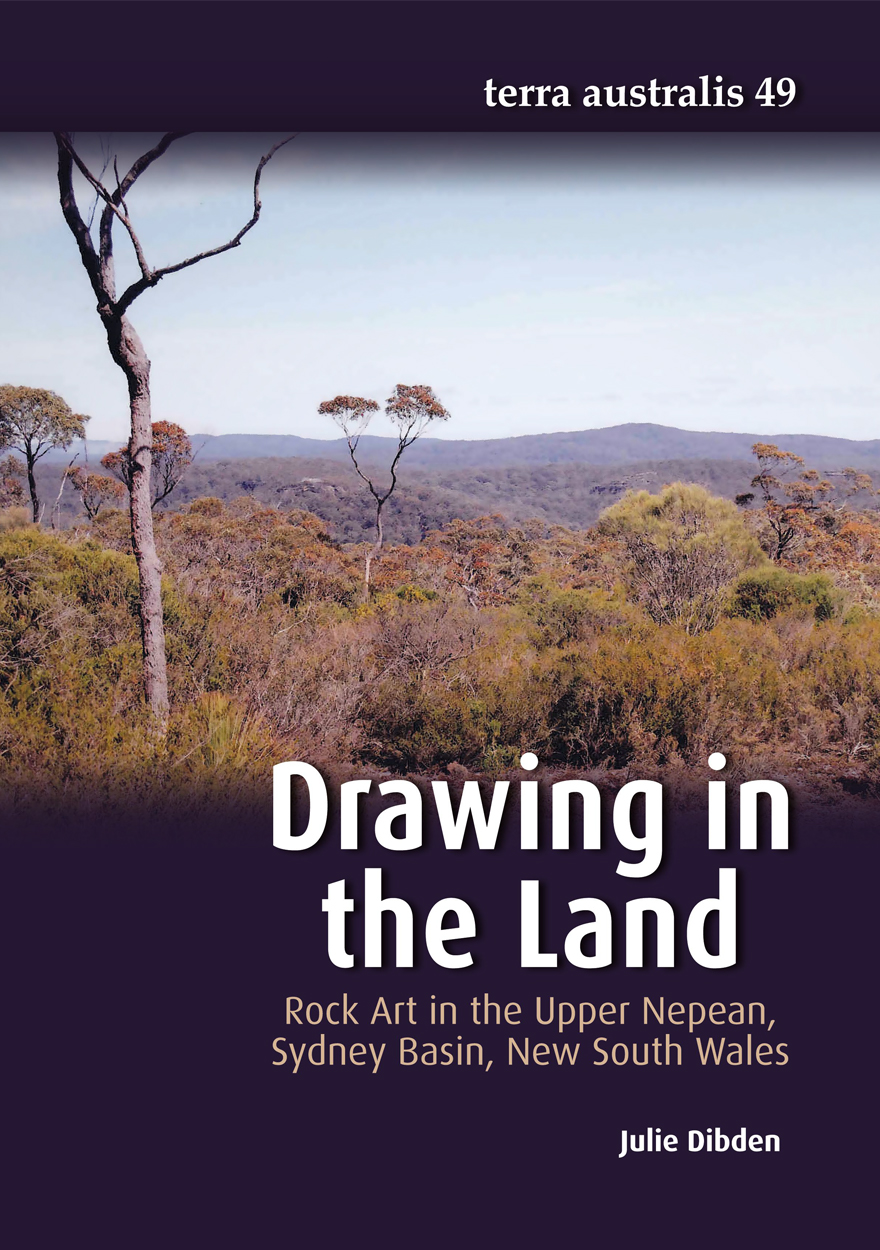Search titles
Displaying results 101 to 110 of 370.

Australian Journal of Biography and History: No. 2, 2019 »
Publication date: October 2019
The second issue of the Australian Journal of Biography and History is a joint project between the National Centre of Biography at The Australian National University (ANU), and the Canberra and District Historical Society (CDHS). It seeks to recognise, perhaps reiterate, the relationship between the study of biography, as exemplified by the Australian Dictionary of Biography (ADB), and the practice of local and family history and heritage, the mission of the society. Most of the contributors are members of the society, and have been involved in the often painstaking and minute study of aspects of the history of Canberra and its region for many years. In ‘A City and Its People: Canberra in the Australian Dictionary of Biography’, Karen Fox explores Canberra history by discussing some of wide array of people ‘who have lived, worked, loved, and fought in the Canberra district’, and who are represented in the ADB. James McDonald, in his article ‘A Good Sheep Station Ruined’, examines the pastoral origins of the Canberra district, finding that the industry in the region was, before the founding of the capital city, a centre of innovation and enterprise, with stations such as Henry ‘Babe’ Curran’s Ginninderra a national exemplar of the wool industry. In a second article, ‘Migration as an Opportunity for Reinvention’, McDonald discusses the potential of immigration to refashion identities, using the biographies of Alfred and Margaret Rich, early settlers at Gundaroo, who had faced disadvantages in England because of their racial backgrounds.
‘Three Years in the Life of Chief Constable Patrick Kinsela’, by Gillian Kelly, examines the role of the first policeman in the district, who took up his posting at the nascent town of Queanbeyan in 1837, and in many ways exemplified the system of justice in the region until his early death in 1841. Kinsela is an unusual biographical subject as very little is known about his life until he assumed the role, while from then on, his life and times comes into focus by virtue of his reports, reports in the local press and colonial government inquiries. Michael Hall, in his article ‘The Sentinel over Canberra’s Military History’, explores the connections between the Anglican Church of St John the Baptist, now in the Canberra suburb of Reid, and the military, and the war experiences of some of its parishioners. The final two articles of the issue move towards aspects of the modern history of Canberra, the first exploring the life stories of Vince and Viola Kalokerinos who, for many years, ran a milk bar at Curtin, a place that has assumed a prominent place in both the commercial and social history, and indeed has become almost a part of the folklore, of the city. Their story is a reminder of the impact of Greek immigrants on the development of Canberra, and their willingness to work long hours to provide essential services to a population that was made up largely of government employees. Finally, Nick Swain discusses the life and work of one of Canberra’s early photographic entrepreneurs, Les Dwyer, who came to Canberra as a construction labourer in 1924 but, as a consequence of the Depression and workplace injury, converted a hobby into an enterprise. Included also are two essay length review articles, and a series of reviews on recently published Australian biographical works.
Download for free
Not available for purchase

Tulagi »
Pacific Outpost of British Empire
Authored by: Clive Moore
Publication date: September 2019
Tulagi was the capital of the British Solomon Islands Protectorate between 1897 and 1942. The British withdrawal from the island during the Pacific War, its capture by the Japanese and the American reconquest left the island’s facilities damaged beyond repair. After the war, Britain moved the capital to the American military base on Guadalcanal, which became Honiara.
The Tulagi settlement was an enclave of several small islands, the permanent population of which was never more than 600: 300 foreigners—one-third of European origin and most of the remainder Chinese—and an equivalent number of Solomon Islanders. Thousands of Solomon Islander males also passed through on their way to work on plantations and as boat crews, hospital patients and prisoners.
The history of the Tulagi enclave provides an understanding of the origins of modern Solomon Islands. Tulagi was also a significant outpost of the British Empire in the Pacific, which enables a close analysis of race, sex and class and the process of British colonisation and government in the late nineteenth and early twentieth centuries.

Archaeologies of Island Melanesia »
Current approaches to landscapes, exchange and practice
Edited by: Mathieu Leclerc, James Flexner
Publication date: August 2019
‘The island world of Melanesia—ranging from New Guinea and the Bismarcks through the Solomons, Vanuatu, and New Caledonia—is characterised more than anything by its boundless diversity in geography, language and culture. The deep historical roots of this diversity are only beginning to be uncovered by archaeological investigations, but as the contributions to this volume demonstrate, the exciting discoveries being made across this region are opening windows to our understanding of the historical processes that contributed to such remarkably varied cultures. Archaeologies of Island Melanesia offers a sampling of some of the recent and ongoing research that spans such topics as landscape, exchange systems, culture contact and archaeological practice, authored by some of the leading scholars in Oceanic archaeology.’
— Professor Patrick Vinton Kirch Professor of Anthropology, University of Hawai‘i
Island Melanesia is a remarkable region in many respects, from its great ecological and linguistic diversity, to the complex histories of settlement and interaction spanning from the Pleistocene to the present. Archaeological research in Island Melanesia is currently going through a vibrant phase of exciting new discoveries and challenging debates about questions that apply far beyond the region. This volume draws together a variety of current perspectives in regional archaeology for Island Melanesia, focusing on Vanuatu, the Solomon Islands, New Caledonia and Papua New Guinea. It features both high-level theoretical approaches and rigorous data-driven case studies covering recent research in landscape archaeology, exchange and material culture, and cultural practices.

Zhang Peili »
From Painting to Video
Edited by: Olivier Krischer
Publication date: June 2019
In 2014, New York-based artist Lois Conner gifted one of pioneering Chinese artist Zhang Peili’s last paintings to The Australian National University’s newly opened Australian Centre on China in the World. Never exhibited and thought lost, the reemergence of Flying Machine (1994) prompts an exploration of the relation between painting and video in the oeuvre of Zhang Peili. Given Zhang’s significance as a leading conceptual painter in the 1980s, then as a media art pioneer and educator in the 1990s and 2000s, Zhang Peili: From Painting to Video is also a nuanced study of broader developments in Chinese contemporary art’s history. Featuring contributions by historian Geremie R. Barmé, photographer Lois Conner, art historians John Clark, Katie Grube, and Olivier Krischer, and curator Kim Machan, these essays together challenge the narrative of Zhang as ‘the father of Chinese video art’, highlighting instead the conceptual consistency, rigour, and formal experimentation in his work, which transcends a specific medium. By equal measure, the book embraces longstanding connections as integral to its meaning, connections between artists, curators and researchers, collaborators, colleagues and friends through China and Australia.

The Spice Islands in Prehistory »
Archaeology in the Northern Moluccas, Indonesia
Edited by: Peter Bellwood
Publication date: June 2019
This monograph reports the results of archaeological investigations undertaken in the Northern Moluccas Islands (the Indonesian Province of Maluku Utara) by Indonesian, New Zealand and Australian archaeologists between 1989 and 1996. Excavations were undertaken in caves and open sites on four islands (Halmahera, Morotai, Kayoa and Gebe). The cultural sequence spans the past 35,000 years, commencing with shell and stone artefacts, progressing through the arrival of a Neolithic assemblage with red-slipped pottery, domesticated pigs and ground stone adzes around 1300 BC, and culminating in the appearance of Metal Age assemblages around 2000 years ago. The Metal Age also appears to have been a period of initial pottery use in Morotai Island, suggesting interaction between Austronesian-speaking and Papuan-speaking communities, whose descendants still populate these islands today.
The 13 chapters in the volume have multiple authors, and include site excavation reports, discussions of radiocarbon chronology, earthenware pottery, lithic and non-ceramic artefacts, worked shell, animal bones, human osteology and health.

International Review of Environmental History: Volume 5, Issue 1, 2019 »
Edited by: James Beattie
Publication date: May 2019
International Review of Environmental History takes an interdisciplinary and global approach to environmental history. It encourages scholars to think big and to tackle the challenges of writing environmental histories across different methodologies, nations, and time-scales. The journal embraces interdisciplinary, comparative and transnational methods, while still recognising the importance of locality in understanding these global processes.
The journal's goal is to be read across disciplines, not just within history. It publishes on all thematic and geographic topics of environmental history, but especially encourage articles with perspectives focused on or developed from the southern hemisphere and the ‘global south’.
Download for free
Not available for purchase

‘True Biographies of Nations?’ »
The Cultural Journeys of Dictionaries of National Biography
Edited by: Karen Fox
Publication date: April 2019
Dictionaries of national biography are a long-established and significant genre of biographical and historical writing, existing in many forms across the globe. This book brings together practitioners from around the English‑speaking world to reflect on national biographical dictionary projects’ recent cultural journeys, and the challenges presented to them by such developments as the transition to a digital environment, a new alertness to the need to represent diversity, and the rise of transnationalism. Exploring their paths forward, the chapters of this book collectively make a powerful argument for the continued value and importance of large‑scale collaborative biographical dictionary research.

In Search of the Never-Never »
Mickey Dewar: Champion of History Across Many Genres
Edited by: Ann McGrath
Publication date: April 2019
Mickey Dewar made a profound contribution to the history of the Northern Territory, which she performed across many genres. She produced high‑quality, memorable and multi-sensory histories, including the Cyclone Tracy exhibition at the Museum and Art Gallery of the Northern Territory and the reinterpretation of Fannie Bay Gaol. Informed by a great love of books, her passion for history was infectious. As well as offering three original chapters that appraise her work, this edited volume republishes her first book, In Search of the Never-Never. In Dewar’s comprehensive and incisive appraisal of the literature of the Northern Territory, she provides brilliant, often amusing insights into the ever-changing representations of a region that has featured so large in the Australian popular imagination.

Drawing in the Land »
Rock Art in the Upper Nepean, Sydney Basin, New South Wales
Authored by: Julie Dibden
Publication date: February 2019
Drawing in the Land offers an important contribution to the field of rock art research and Australian archaeology. It provides a detailed study of the previously under-examined rock art of the Hawkesbury/Nepean area of New South Wales. The study presents a detailed historiography of Australian rock art research and, through the lens of landscape archaeology, offers an innovative contribution to rock art studies in the wider Sydney Basin.
The volume’s theoretical focus on materiality, embodied practice and performance allows for the charting of ideational change and provides a unique contribution to the late Holocene archaeology of NSW and contact archaeology within Australia more broadly.

Pacific Exposures »
Photography and the Australia–Japan Relationship
Authored by: Melissa Miles, Robin Gerster
Publication date: December 2018
Photography has been a key means by which Australians have sought to define their relationships with Japan. From the fascination with all things Japanese in the late nineteenth century, through the era of ‘White Australia’, the bitter enmity of the Pacific War, the path to reconciliation in the post-war period and the culturally complicated bilateralism of today, Australians have used their cameras to express a divided sense of conflict and kinship with a country that has by turns fascinated and infuriated. The remarkable photographs collected and discussed here for the first time shed new light on the history of Australia’s engagement with its most important regional partner. Pacific Exposures argues that photographs tell an important story of cultural production, response and reaction—not only about how Australians have pictured Japan over the decades, but how they see their own place in the Asia-Pacific.
‘Pacific Exposures presents the first study of the photographic exchanges between Australia and Japan—its photographers, personalities, motivations, anxieties and tensions—based on a diverse range of archival materials, interviews, and well-chosen photographs.’
— Dr Luke Gartlan, University of St Andrews
‘[Pacific Exposures] will become a key text on Australia’s interactions with Japan, and the way that photographs can inform cross-cultural relations through their production, consumption and circulation.’
— Prof. Kate Darian-Smith, University of Tasmania
In the media
Listen to the ABC Radio interview: Japan in Focus (from 13:06).



